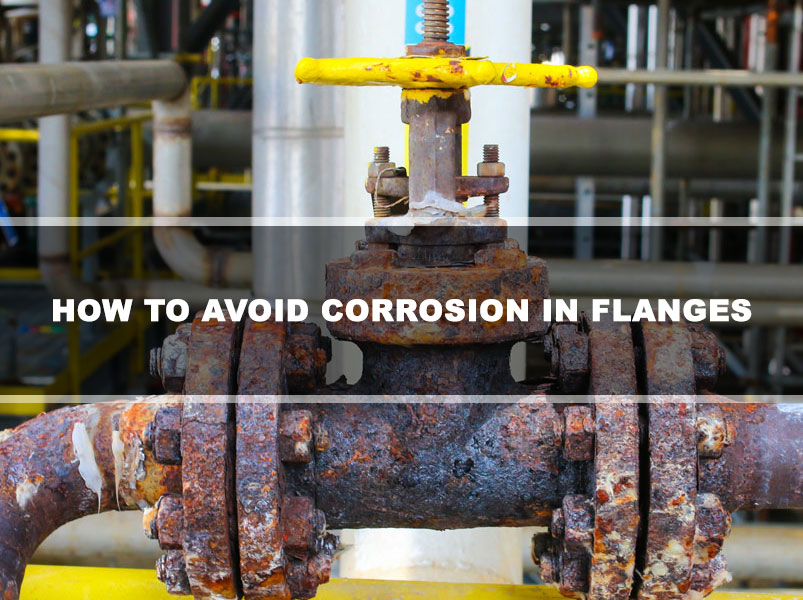How to avoid corrosion in flanges?
Flanges hold great importance and forms an integral part of the industry. The flanges can undergo two types of corrosion during their service life; pitting and cracking. Pitting corrosion occurs on the flange surface, often in clusters or groups and can cause the formation of small cavities or pits in the surface of the material. Pitting corrosion can be best prevented by choosing the right alloy. A very high crevice corrosion occurs when there is a buildup of concentrated material between two adjacent flanges. This type of corrosion can be very destructive as it is not easy to inspect the area where it occurs.
What are the prevention methods?
1. Maintenance Paint:
Out of all, painting for maintenance is the most common way to prevent corrosion of any sort. Maintenance coatings are usually epoxy or polyurethane based, where most coatings adhere directly to the substrate as a hard coat. When using maintenance paint, one needs to make sure they apply an adequate amount; too thin a layer will make the area invalid and on the other hand, too thick will cause fasteners to bind. One of the advantages of using maintenance paint is that it does not require hot work or specialized equipment.
2. Mechanical Solutions:
Mechanical Solutions are usually rigid covers or clamps that seal the flange or the space between the flanges. These covers and clips are made of stainless steel or plastic, attached with rubber seals.
3. Taping:
Taping or using a semi-solid tape can be another effective solution to prevent corrosion. Tapes usually consist of petroleum jelly, wax, or viscoelastic polymers embedded in wrapping cloth, which are specifically used for the waterproofing properties of semi-solid polymers.
It’s important to note that all prevention methods have some advantages and disadvantages. There is no solution to completely prevent corrosion from occurring, but regular maintenance and inspection can help prevent rapid corrosion.
The 4 effective ways to repair corroded flanges:
- Remove the damaged flange and weld on the new flange.
- Machining of sealing surfaces or ring grooves within flange tolerances.
- Add material to seal faces or ring grooves, then machine within flange tolerances.
- Add polymer compound to rebuild flange faces.
The Bottom Line:
Flanges form an important part of the industry and are hence highly popular. However, with flange fittings, there might arise situations where flanges will get hold of corrosion. Corrosion can reduce the durability, strength and ability of processing of these flanges, and this is perhaps why they should be kept out of corrosion risk.








































